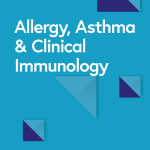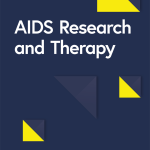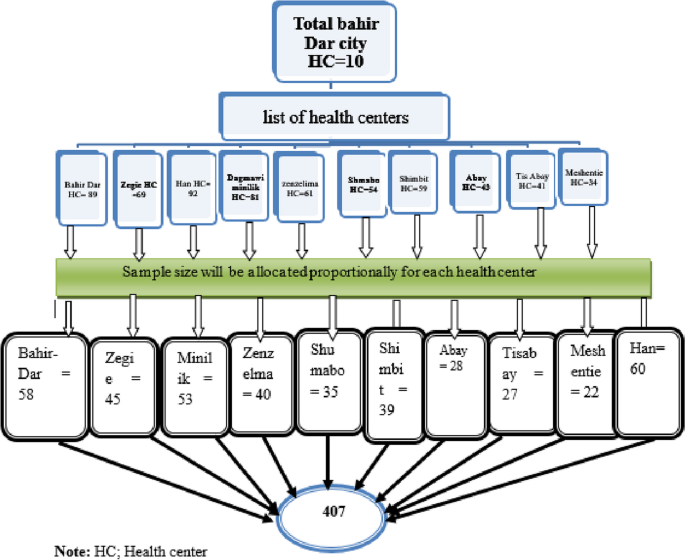Study design, setting and study period
Institutional based cross-sectional study was employed from April 25/2023 to May 24/2023 in Bahir Dar city. Bahir Dar city is located about 565 km to the Addis Ababa, a capital city of Ethiopia. Bahir Dar city is located in the North Western part of Ethiopia. In the city, 15-24 age group accounts about 78,930 [23]. In Bahir Dar city administration, there are 10 health centers namely Shumabo, Shimbit, Bahir Dar, Meshentie, Abay, Dagmawi minilik, Zegie, Zenzelima, Tis Abay and Han. All these institutions provides the youth friendly service in a separate room.
Population
All patients with STI in youth friendly service of Bahir Dar city health centers were the source and study population. All patients of youth friendly service diagnosed with STI in Bahir Dar city health centers were included in the study.
Variables
Dependent variable
Early treatment seeking for STI (Yes, No)
Independent variables
Socio-demographic variables: age, sex, ethnicity, religion, residence, educational status and wealth index.
Knowledge and perception about STI: knowledge about STI, perception towards STI (severity, treatment), fear of stigma and believe about STI treatment.
Behavioral factors: numbers of sexual partner, age at the first sex, being tested for HIV, media exposure and distance from the health facility.
Operational definitions
Time of health care seeking for STIs: The extent of time of health care seeking is define to the patient “How long day did you wait or postpone before seeking treatment at the health facility after noticing the first symptoms of sexual transmitted infection?” It has two response categories: Early health care seeking refers to patients who seek care and/or advice within 7 days of the onset of the STI symptoms. And Delayed/not early health care seeking refers to patients who seek care and/or advice after 7 days of the onset of the STI symptoms [11].
Multiple sexual partners: are defined as the behavior of a person with two or more sexual partners [24].
Knowledge about STIs: A mean score was used to determine the knowledge status of respondents on STIs. Respondents who score above the mean were categorized as having good knowledge and those who score equal to or below mean were categorized as having poor knowledge [14].
Patients with STIs: in this study referred as patients who presented with one or more of STI symptoms like urethral discharges, vaginal discharges, lower abdominal pain, penile ulcers or ulcers of the vulva or vagina, perineal ulcers, genital or perineal warts or painful micturition and other STI symptoms [25].
Sample Size determination
The required sample size was determined by considering the single population proportion of early treatment seeking 40.1% which was conducted in Benishangul Gumuz Ethiopia [14] with the confidence level (CL) of 95% and a margin of error 5% . Based on these information, the sample size was calculated as follows.
$$\begin{array}{c}{\text{n}}=\frac{(\mathrm{Z a}/2{)}^{2}\mathrm{ P }(1 -\mathrm{ P})}{{{\text{d}}}^{2}}\\ =\boldsymbol{ }\frac{(1.96{)}^{2}(0.401)(1-0.401)}{(0.05{)}^{2}}\\ \begin{array}{c}{\text{n}}=\boldsymbol{ }370\\ \mathrm{None response}= 370*10\mathrm{\%}=37\dots ..10\mathrm{\% non}-\mathrm{response rate}\\ \begin{array}{c}\mathrm{Final sample }= 370 +37\\ =407\end{array}\end{array}\end{array}$$
Sampling procedure and sampling technique
First all health centers were identified namely Bahir Dar, Han, Shumabo, Meshentie, Tis Abay, Zenzelima, Dagmawi Minilik, Zegie, Shimbit and Abay and then all health centers were included in the study to be more representative and get adequate sample size. From each heath centers, numbers of participants was allocated proportionally to the size by using previous two consecutive months STI report of each health centers. Then to allocate the participants; “N” which was the number of patients treated in the previous two consecutive months and “n” was the number of samples allocated for a particular health centers then the interval (k) was determined by “N/n” and the random start was selected by lottery method (Fig. 1). Finally, a systematic random sampling method was used to select the eligible participants.
Data collection procedures and data quality assurance
A structured interview administered questionnaire was used to assess the proportion of early treatment seeking for STI and associated factors. Based on the objective of the study, the questionnaire was adapted from different litratures [11, 17, 19, 26]. The total duration of data collection was one month (from April 25/2023 to May 24/2023). Data were collected at the health facilities when they were coming to get a service. The social desirability bias was reduced by informing the purpose of the study carefully, making the questionnaire anonymous and collect the data by the health care providors who diagnosed them (to get the valid response). The questionnaire was first prepared in English language and then translated to the Amharic language, which was the local language of the study subjects and back to English by language experts to check their consistency and conceptual equivalence. Amharic version of the questionnaire was used to obtain data from participants. Ten nurses were recrieted for data collectors and monitored by two senior nurse supervisors. Each completed questionnaire was cheeked for coherence, completeness, consistency at the same time. The daily evaluation was performed to correct the problem that was face during the course of data collection and the pretest was conducted at Hamusit health center among 21 (5%) participants. One day intensive training was also given for both data collectors and supervisors.
Data processing and analysis
After cleaning and checking, data were coded and entered into Epi-data version 4.6.0.2 statistical software and exported to SPSS Version 23 statistical software for analysis. Descriptive statistics was summarized by using frequency, table and bar graph. All variables with a p-value of < 0.25 in the simple binary logistic regression analysis was kept for multivariable binary logistic regression analysis. A variable with a p-values of < 0.05 was considered as a statistically significant. Adjusted odds ratios with 95% CL was used to report the association between dependent and independent variables. The model fitness of binary logistic regression was checked by using Hosmer–Lemishow goodness of fit test with a p-value of > 0.05.






Add Comment